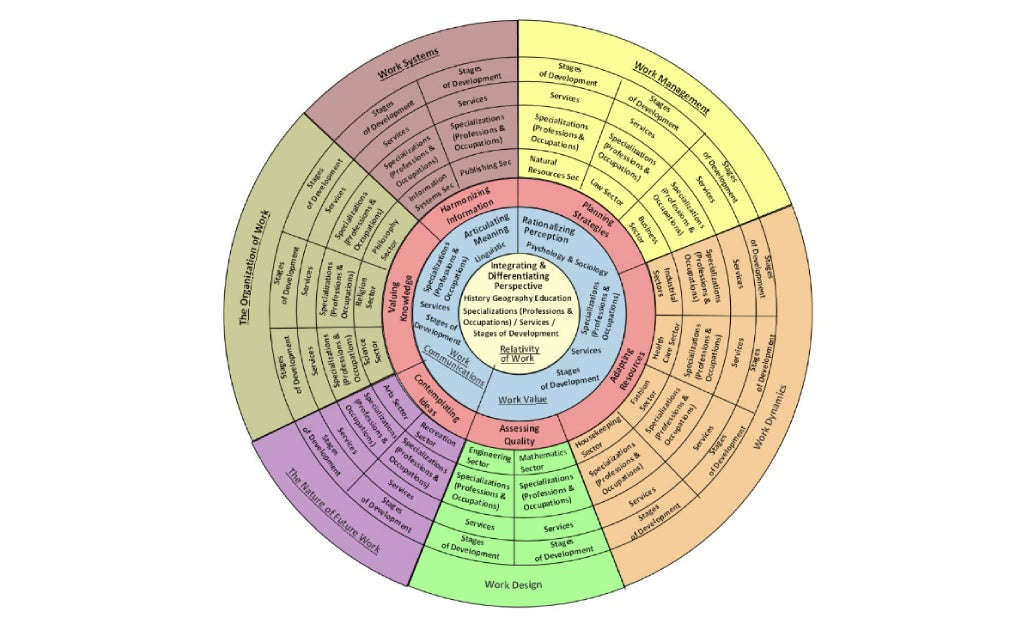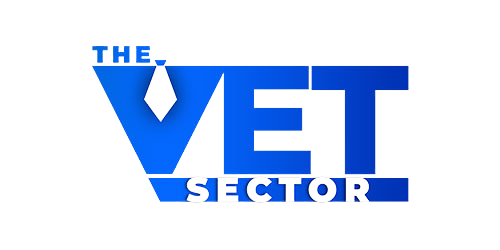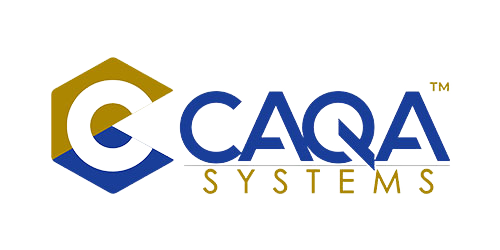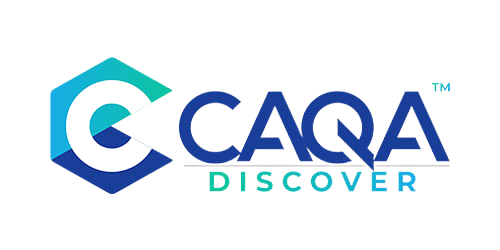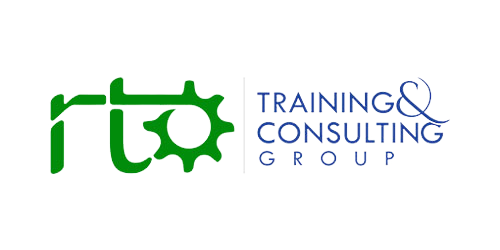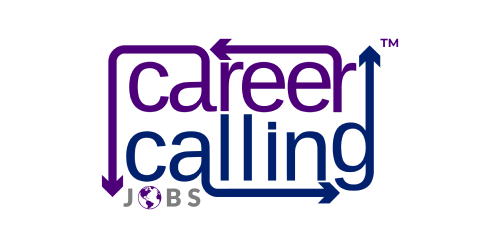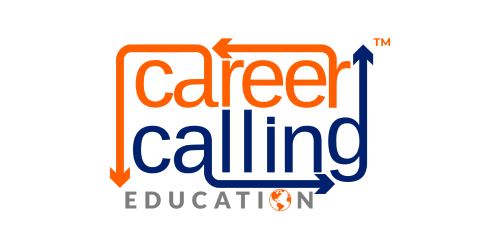Introduction: The Need for Systemic Thinking in VET
Vocational Education and Training (VET) is instrumental in equipping individuals with practical skills and knowledge for employment. However, traditional approaches often focus narrowly on individual competencies or isolated content mastery, neglecting the broader systemic context in which learning and skill application occur. The concept of Systemism, grounded in affective learning systems, suggests a fundamental shift toward a holistic, interconnected approach. By adopting systemism, the VET sector can more effectively align learning processes, organisational goals, and learner needs, fostering sustainable employment outcomes and ongoing workforce adaptability.
Understanding Systemism in VET
Systemism moves beyond individualistic learning models, emphasising interconnectedness and coherence across multiple layers of learning and management. It integrates affective components—such as emotion, motivation, values, and systemic coherence—with cognitive and practical skill development. In VET, this translates into harmonising classroom instruction, workplace application, learner support, and continuous feedback loops, thus creating robust, resilient educational environments.
Limitations of Traditional Learning Style Models
Historically, VET providers have relied heavily on traditional "learning style" models, categorising learners by supposed preferences (e.g., visual, auditory, kinaesthetic). Yet substantial research (Pashler et al., 2008; Willingham, 2018) consistently shows minimal support for these categories, highlighting their limited practical utility. Systemism addresses these limitations by advocating universal, integrated learning processes that respond to human cognitive and emotional commonalities rather than superficial preferences.
Core Elements of Affective Learning Systems in VET
Effective learning systems in VET incorporate nine essential elements:
-
Optologics: Recognising relationships among roles and contexts, essential for distinguishing job functions and integrating diverse skill sets.
-
Language: Emphasising clear articulation is critical in both instructional contexts and workplace communication.
-
Values: Rationalising ethical perspectives and empowering learners to apply ethical reasoning in practical scenarios.
-
Projects: Assessing quality through practical projects, ensuring learning outcomes align with real-world needs.
-
Programs: Adapting learning resources and methodologies to industry requirements, enhancing workplace relevance.
-
Administration: Strategic planning, scheduling, and resource management for effective educational delivery.
-
Generic Education: Encouraging curiosity and continuous learning, preparing learners for lifelong adaptability.
-
Organisation: Structuring coherent, collaborative teams and fostering belief in shared goals.
-
Systems Thinking: Harmonising processes across learning stages and employment pathways for seamless transitions.
Explanation of Systemism: Styles of Knowledge
Systemism can further be understood through three interrelated knowledge dimensions—Enabling, Existential, and Emergent—each containing three distinct styles:
Enabling Styles
-
Optologics (Reactive Exploration): Focuses on differentiating and integrating perspectives through exploration, utilising tools such as software creation, geography, and LinkedIn groups.
-
Projects (Active Use): Emphasises assessing, measuring, and ensuring quality in learning, applicable in mathematics, engineering, and spreadsheet use.
-
Generic Education (Proactive Sharing): Encourages contemplating ideas and insights, overlapping fields such as arts, recreational studies, and LinkedIn learning groups.
Existential Styles
-
Language (Reactive Exploration): Highlights articulating meaning through accelerated understanding, word processing, and linguistics.
-
Programs (Active Use): Pertains to adapting resources and shaping knowledge into actionable skills, relevant in robotics, hospitality, and various training programs.
-
Organisation (Proactive Sharing): Values knowledge dependency, promoting integrated, belief-based organisational systems, visible in databases, international groups, and religious or philosophical studies.
Emergent Styles
-
Human Values (Reactive Exploration): Centres on relationships and appreciation frameworks, empowering learners through sociology, psychology, and LinkedIn human relations groups.
-
Administration (Active Use): Concerns proliferating and managing strategies effectively, crucial in business, law, politics, and resource management.
-
Purposeful Systems Thinking (Proactive Sharing): Focuses on harmonising information, ensuring coherent and transformative learning environments, evident in college transformations, interdisciplinary groups, and information systems management.
Challenges of Fragmented Learning Systems
Fragmented learning systems in VET often result in disengagement, skills mismatch, and high dropout rates. For instance, incomplete integration between theoretical learning and practical workplace experience frequently results in dissatisfaction and attrition. Additionally, a lack of systematic feedback mechanisms prevents the timely identification and correction of learning gaps or misalignments, exacerbating these challenges.
The Imperative for Systemic Integration
Systemic integration resolves these issues by aligning learning processes with workplace realities and learner expectations. Through ongoing feedback, reflection, and real-world application, systemic integration enables learners to develop comprehensive skills that directly transfer to employment contexts. For instance, embedding structured reflection and feedback loops within VET programs significantly enhances learner engagement and workplace readiness.
Shared Responsibility in Learning and Management
Systemism emphasises shared responsibility between learners and the broader learning system. While individuals are expected to actively engage, reflect, and provide feedback, educational systems must simultaneously ensure structural completeness and adaptive support mechanisms. The ethical underpinning of this shared responsibility approach ensures learners are neither unfairly judged nor solely accountable when systemic inadequacies exist.
Practical Implications and Recommendations
For policymakers, the implication is clear: audits of systemic completeness must become standard practice, accompanied by incentives for continuous improvement and adaptation. Practitioners and educational leaders must collaborate in designing holistic, responsive curricula, emphasising systemic coherence and industry alignment. Implementing cross-functional teams and digital feedback platforms further strengthens systemic integration.
Real-World Case Studies: Evidence of Systemic Success
International examples illustrate the successful implementation of systemism:
-
Germany’s Dual System Integrates classroom instruction with apprenticeships, achieving outstanding employment outcomes.
-
Singapore’s WSQ Framework: Employs comprehensive audits and systemic alignment, maintaining consistently high-quality education and employment rates.
Conclusion: Embracing a Systemist Future
The future of VET lies in fully embracing systemism—integrating affective, cognitive, and practical dimensions of learning. Through comprehensive, harmonised learning systems that actively engage learners and respond dynamically to industry needs, VET can achieve not only higher completion rates but also improved employment outcomes and enhanced workforce adaptability. The systematic shift toward affective learning systems represents an essential evolution for ensuring equity, efficacy, and sustainability in vocational education and training.
References
-
Bronfenbrenner, U. (1977). Toward an experimental ecology of human development. American Psychologist, 32(7), 513–531.
-
Pashler, H., et al. (2008). Learning styles: Concepts and evidence. Psychological Science in the Public Interest, 9(3), 105–119.
-
Senge, P. (2006). The Fifth Discipline: The Art and Practice of the Learning Organisation. Doubleday.
Willingham, D.T. (2018). The Science of Learning: What Every Teacher Should Know. Jossey-Bass.


